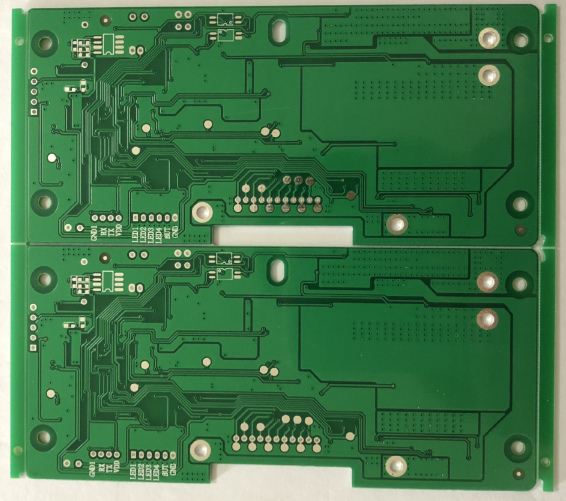PCB basic knowledge
Release time:2023-11-24Publisher:Jeenoce
1. Flexible printed circuit board
Flex Print Circuit (FPC) is a printed circuit board made of flexible substrates for single, double, or multi-layer circuits. It has the characteristics of light, thin, short, small, high-density, high stability, and flexible structure. In addition to static bending, it can also perform dynamic bending, curling, and folding.
2. Rigid printed circuit board
A rigid printed circuit board (PCB) is a printed circuit board made of a rigid substrate material that is not easily deformed and is in a flat state during use. It has the advantages of high strength and is not prone to warping, and the installation of SMT components is firm.

3. Soft hard combination board
Rigid Flex is a special flexible printed circuit board composed of selectively laminated rigid and flexible substrates, with a compact structure and electrical connections formed by metalized holes. It has the characteristics of high density, thin lines, small aperture, small volume, light weight, and high reliability, and its performance is still stable in vibration, impact, and humid environments. Flexible and three-dimensional installation, effectively utilizing installation space, widely used in portable digital products such as mobile phones, digital cameras, and digital cameras. Rigid flexible composite boards will be more used in the field of reducing packaging, especially in the consumer sector.
1. Conductive medium: copper (CU)
- Copper foil: Rolled copper (RA), electrolytic copper (ED), high ductility electrolytic copper (HTE)
- Thickness: 1/4OZ, 1/3OZ, 1/2OZ, 1OZ, 2OZ, this is a common thickness
- OZ (ounces): Copper foil thickness unit; 1OZ=1.4 mil
2. Insulation layer: polyimide, polyester, polyethylene naphthalene (PEN)
The most commonly used is polyimide (referred to as "PI")
- PI thickness: 1/2mil, 1mil, 2mil, which are common thicknesses
-1 mil=0.0254mm=25.4um=1/1000 inch
3. Adhesive: epoxy resin system, acrylic system.
The most commonly used is epoxy resin system, and the thickness varies depending on different manufacturers
4. Copper Clad Laminates (CCL):
- Single sided copper clad plate: 3L CCL (with adhesive), 2L CCL (without adhesive), as illustrated below.
- Double sided copper clad plate: 3L CCL (with adhesive), 2L CCL (without adhesive), as illustrated below.
5. Coverlay (CVL): It is composed of an insulation layer and a bonding agent, covering the wire and playing a protective and insulating role.

